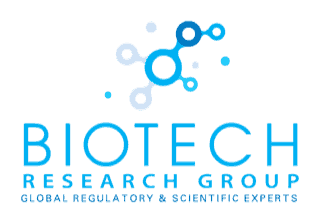FDA expedited programs for drug development and Overview
11/05/2020
Category: Other Blogs
It’s been my experience that the very experienced drug pharmaceutical and development advisors will stumble across the definitions, and also gaps between FDA’s four expedited programs. Included in these are accelerated approval, priority inspection, quick track, and breakthrough therapy. this newspaper was created as a primer to boost knowledge of their FDA expedited programs, and also to help with identifying each of one other.
It’s a standard misconception that the drug application is just one of those FDA expedited programs. As soon as it isn’t, it’s beneficial to be aware that similarly to priority inspection, speedy track, and breakthrough therapy, orphan status necessitates designation in front of a medication that could be assessed as a result. Orphan drug designation is established by entry of this FDA form 3671, the frequent EMEA/ FDA expedited programs for orphan medicinal product designation into any office of orphans product development (oopd) the identical form that’s useful for medical device manufacturers searching human device exemptions (hides).
Accelerated approval
As mentioned above, there isn’t any procedure for accelerated approvals. Unlike other expedited apps, speedy acceptance is just a pathway. The objective of the rapid acceptance pathway would be that the report on medication candidates fixing serious conditions which may provide meaningful benefits over available treatments while enabling its employment of intermediate endpoints from the critical clinical trial(s). Surrogate endpoints standing for clinical endpoints to demonstrate how well the therapy may take care of a state by measuring shift (s) in disorder condition. Therefore, surrogate endpoints are very most likely to predict clinical advantages. Similarly, intermediate endpoints are the ones that may be quantified sooner than immediate effects on irreversible morbidity or mortality (imm) and therefore are considered reasonably likely to predict the medication’s impact on imm or any other clinical advantage.
Priority review designation
A brand new drug or biologic application for an item meant to address a severe illness which promises to extend a substantial advancement in effectiveness or safety upon approval is going to get a priority review. A priority designation is designed to guide entire attention and tools to this test of such software” and lessens the conventional inspection time of ten weeks to six weeks.
Priority review is less complex than hastened approval. The petition priority review is not made until the entry of this NDA/bla (or efficiency supplement) after clinical trials have been intact. Thus, significant advancement in complete safety and/or efficacy will have now been shown.
Out of accelerated approval and priority review to fast-track and break-through
Recognizing the gap between hastened approval and priority review is equally also very easy. Quick acceptance is predicated on surrogate or intermediate endpoints accompanied by confirmatory study(ies) and also a priority inspection is just six months in the place often. The gap between rapid breakthrough and track isn’t quite as straightforward. All things considered, each is planned, whether or not in conjunction with one or other medication, for the treatment of a life-threatening or serious illness or illness. Both are at the mercy of rolling up inspection and control increased resources and attention out of the FDA.
tagging: FDA expedited programs


